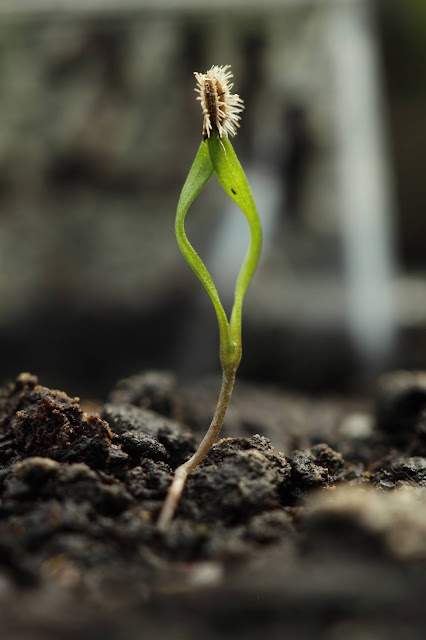Recently we received good news about project proposals of the members of our research group: Balázs Deák won a 4-year grant of the National Research, Innovation and Development Office, Orsolya Valkó was awarded by the prestigious Bolyai Plaquette, Réka Kiss and Laura Godó won the Scholarship for Young Talents of Hungary.
We introduce briefly all the four projects below.
NKFI FK 135329: Taxonomic, trait and phylogenetic diversity of grassland plant communities in fragmented landscapes
In the project, Balázs Deák aims to reveal the habitat- and landscape-scale factors affecting the biodiversity of grassland habitats. Land use transformation and intensification have become major threats to biodiversity at multiple scales leading to the loss and transformation of natural habitats. This process dramatically reduced the area of grassland habitats; thus, conservation importance of remaining grassland fragments increased considerably. In this project focusing on grassland habitats in transformed landscapes, we aim to reveal the drivers of grassland biodiversity acting on the habitat (i.e. habitat size, habitat shape and environmental heterogeneity) and landscape scale (i.e. landscape composition and habitat connectivity). In order to understand mechanisms affecting grassland community assembly in European agricultural landscapes we focus our studies on four typical types of grasslands: extensive natural grasslands, grasslands on linear landscape elements, habitat islands and spontaneously regenerting grasslands. We aim to integrate three widely applied biodiversity components (taxonomic, functional and phylogenetic diversity) into a coherent and comprehensive analytical framework. By this approach on the one hand we can provide insights into the mechanisms how factors influence biodiversity and community assembly processes in natural and regenerating grasslands, and on the other hand we can study the potential relationships between the different biodiversity components. To fulfil this aim we plan a multi-scale, multi-site study using a trait- and phylogeny-based approach answering both theoretical ecological questions, and providing evidence-based implications for strategic nature conservation planning and for fine-tuning agri-environmental schemes.
 |
| Kurgans often harbour species-rich dry grasslands also in intensively used agricultural landscapes. Photo: Balázs Deák |
 |
| Kurgan with species-rich grassland embedded in a cereal field. Photo: Balázs Deák. |
Bolyai Plaquette - The role of soil seed bank in vegetation dynamics and recovery
Orsolya Valkó
was awarded by the prestigious Bolyai Plaquette Award of the Hungarian Academy of Sciences. As a past Bolyai awardee, between 2016-2019
she was studying the role of soil seed bank in the vegetation dynamics and restoration of grassland ecosystems. The Plaquette is a prestigious recognition for the past awardees: this year, the most successful 14 researchers were awarded out of the 184 former Bolyai-scholars whose project ended in 2019.
 |
| Seedling of the wild carrot (Daucus carota). Photo: Tamás Miglécz. |
Young Talents of Hungary - The effect of climatic changes on the population dynamics of a strictly protected geophyte species
In the project, Réka Kiss will focus on the population dynamics of the spring meadow saffron (Bulbocodium vernum), an early spring geophyte species marked as ‘Vulnerable’ in the Carpathian Basin and ‘Critically Endangered’ in Hungary. Being one of the first flowering plants in spring, in the past it was intensively collected; this fact together with the destruction of its natural habitats resulted in the severe decline and in some cases extinction of its populations. Human-mediated and natural processes, as well as climatic changes further threaten the survival of the species in Hungary. In the project we monitor the population dynamics of the spring meadow saffron, and correlate it with climatic parameters, in order to understand the effect of climatic changes on the populations. The results can contribute to the protection of this endangered species.
 |
| The spring meadow saffron. Photo: Szilvia Radócz. |
 |
| Réka Kiss, Katalin Lukács and the spring meadow saffron :) Photo: Szilvia Radócz. |
Young Talents of Hungary - "One swallow does not make a summer": the role of swallows and storks in seed dispersal
In the project, Laura Godó will study the role of rural birds, such as swallows and the White Stork in seed dispersal. Birds play an important role in seed dispersal, both via feeding (endozoochory and synzoochory) and on their body surface (epizoochory). Seed dispersal by nest material (caliochory) is a less studied phenomenon. In this project we will study the seed dispersal by nest material of swallows, i.e. the Barn Swallow (Hirundo rustica) and Common House Martin (Delichon urbica) with nests built from mud, and the White Stork (Ciconia ciconia) with large nest built from branches and herbaceous plants. We will also study the role of the nests in shaping the plant species composition of rural settlements.
 |
| White Stork (Ciconia ciconia) while bringing nest material. Photo: Laura Godó. |
 |
| Barn swallow (Hirundo rustica) while collecting mud for nest building. Photo: Sándor Borza. |
No comments:
Post a Comment